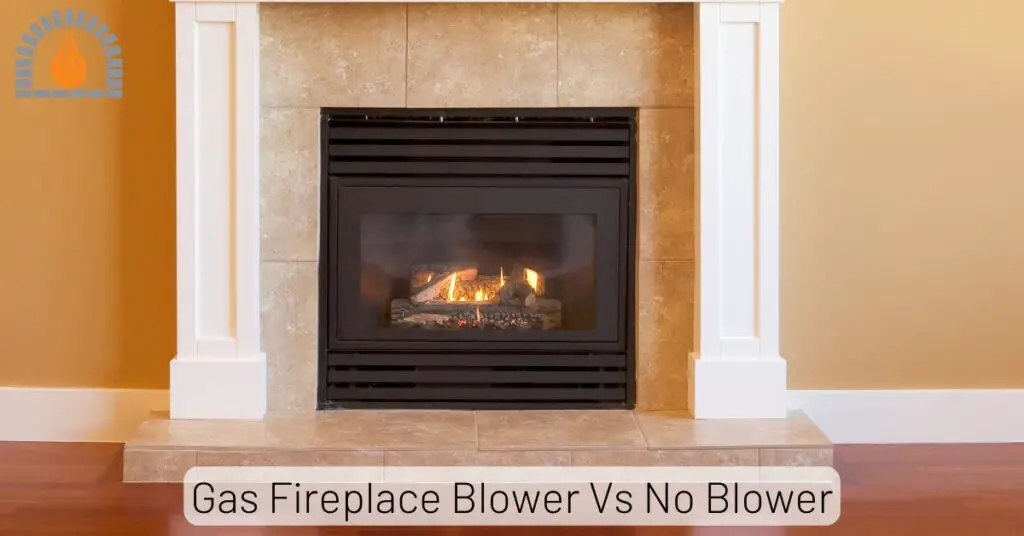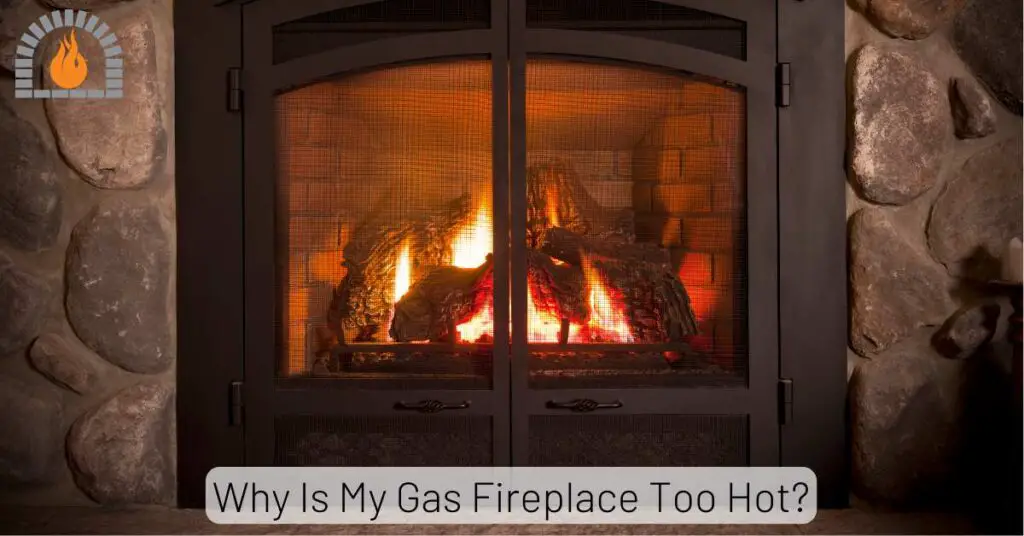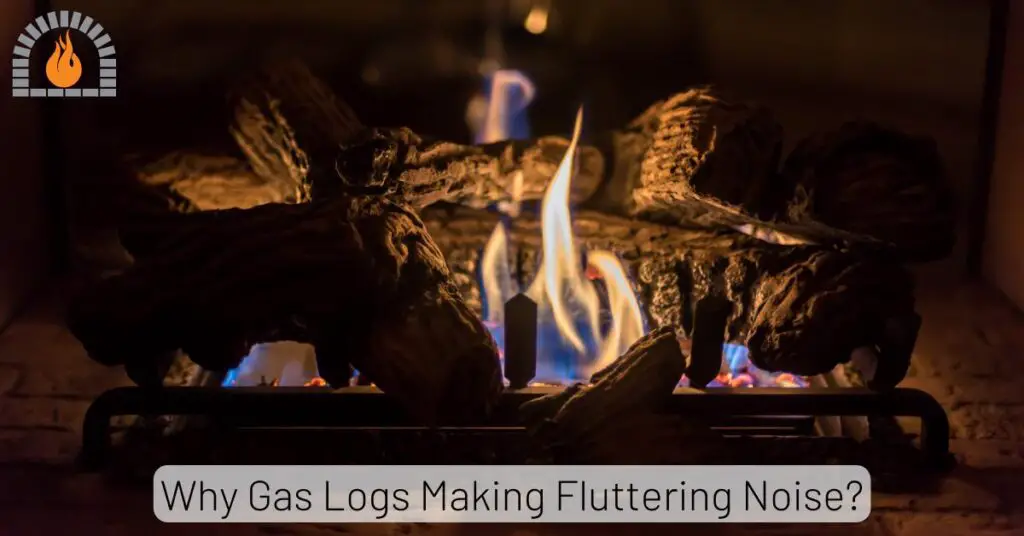In the quest for a cozy home ambience, many homeowners are drawn to the warmth and charm of a fireplace. Yet, as technology advances, the traditional wood-burning fireplace has given way to more modern and convenient alternatives, such as gas fireplaces.
However, a common question arises among those who appreciate the rustic allure of burning logs: Can you burn wood in a gas fireplace?
Burning wood in a gas fireplace can significantly harm crucial components such as the pilot assembly, fireplace logs, blowers, and vents. This hazardous practice can lead to accelerated wear and tear, compromising your fireplace’s overall functionality and safety. The intense heat generated by the burning wood can damage the Pilot Assembly, potentially causing ignition issues and hindering the efficient operation of the fireplace.
Can You Burn Wood in a Gas Fireplace?
No, you should not burn wood in a gas fireplace. Gas fireplaces are equipped with burners and logs designed to operate with gas fuel, and burning wood in such a fireplace can cause serious safety hazards. Wood-burning requires a different type of fireplace or stove to handle wood combustion.
Gas fireplaces are designed to burn natural gas or propane and are not equipped to handle the emissions, heat, and ash produced by burning wood. Attempting to burn wood in a gas fireplace can lead to issues such as excessive heat, damage to the gas components, and producing harmful byproducts.
Always follow the manufacturer’s guidelines and recommendations for your specific fireplace. If you want the ambience of a wood-burning fire, consider installing a wood-burning fireplace or stove designed for that purpose.
If you need more clarification about the compatibility or usage of your fireplace, it’s best to consult a professional fireplace installer or technician.
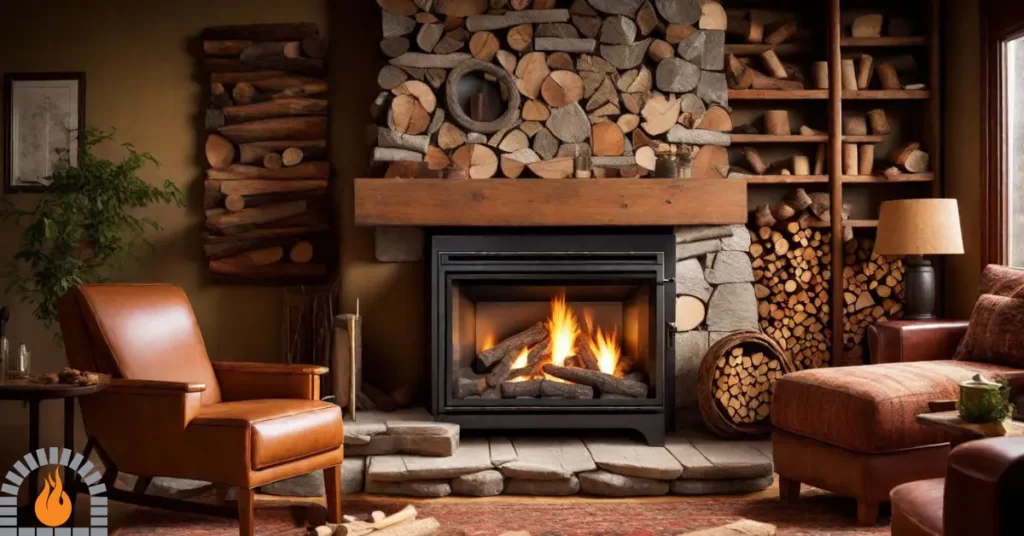
Why You Can’t Burn Wood In A Gas Fireplace
Attempting to burn wood in a gas fireplace can pose serious safety risks. Gas fireplaces are not constructed to withstand the intense heat of burning wood.
The structural integrity of the fireplace can be compromised, leading to potential hazards such as gas leaks, fires, or damage to the chimney.
Risks of Burning Wood in Gas Fireplace
- Increased risk of chimney fires.
- Potential harm to burners, gas lines, and interior lining.
- Poor ventilation and buildup of harmful gases like carbon monoxide.
- Sparks and embers pose risk to nearby materials.
- Reduced heating performance and energy efficiency.
- May void manufacturer’s warranty.
- Increases risk of chimney fires.
- Requires regular cleaning and upkeep.
- Poor indoor air quality and potential respiratory issues.
Wood Burning Gas Fireplace Combination
Beyond safety concerns, burning wood in a gas fireplace can result in inefficient combustion, releasing harmful byproducts into your living space. The ventilation system of a gas fireplace is not designed for wood smoke, potentially causing indoor air quality issues.
Creosote production is one of the primary issues associated with burning wood in a gas fireplace. Creosote is a tar-like substance that can accumulate in the chimney and flue. In a traditional wood-burning fireplace, the risk of creosote buildup is well-known, and regular chimney maintenance is recommended to prevent potential hazards such as chimney fires.
However, when wood is burned in a gas fireplace, the ventilation system may not effectively handle the byproducts produced, leading to an increased risk of creosote accumulation. This poses a fire hazard and can impede the proper functioning of the ventilation system.
Moreover, wood combustion can release delicate particulate matter (PM), carbon monoxide, and other pollutants that may compromise indoor air quality. Gas fireplaces are equipped with ventilation systems designed to handle the combustion byproducts of gas efficiently.
Introducing wood into this system can disrupt the balance, potentially releasing these harmful substances into the living space, adversely affecting respiratory health and exacerbating existing respiratory conditions.
Furthermore, wood combustion in a gas fireplace may result in incomplete burning, emitting volatile organic compounds (VOCs). These compounds can contribute to indoor air pollution and may negatively affect occupants’ immediate and long-term health.
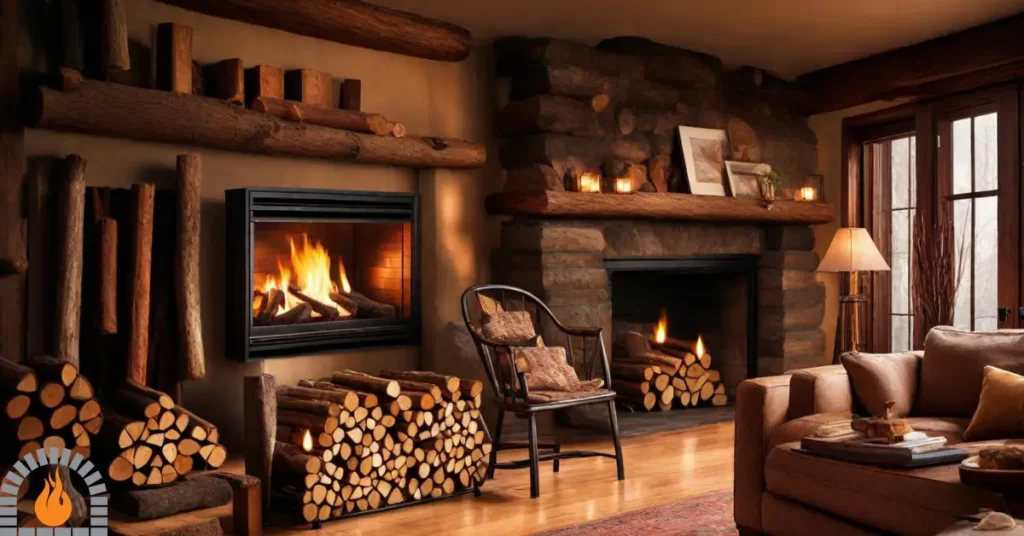
Related Post: Why Gas Fireplaces Take Longer to Ignite?
Alternative Options for Wood Lovers
Fear not if you have a penchant for the crackling sound and aroma of burning wood. There are alternative options to satisfy your wood-burning desires.
Consider installing a wood-burning stove or a traditional wood fireplace to enjoy the authenticity of burning wood while adhering to safety standards.
Maintaining Gas Fireplace Efficiency
To ensure your gas fireplace continues to operate efficiently, it’s crucial to follow manufacturer guidelines for maintenance.
Regular inspections, cleaning, and professional servicing will keep your fireplace in top condition and prevent potential hazards.
If you’re set on having a gas fireplace but miss the allure of wood, consider using ceramic logs designed explicitly for gas fireplaces. These logs mimic the appearance of natural timber without compromising safety or efficiency.
Check local regulations and building codes before modifying or using alternative fuels in your gas fireplace. Compliance with these guidelines is essential to ensure safety and prevent legal complications.
Related Post: Can Gas Fireplaces Cause Headaches?
FAQs
Can fireplaces be both gas and wood-burning?
Yes, some fireplaces are designed to be both gas and wood-burning. These versatile units offer the flexibility to switch between fuel types based on preference or availability.
Can you make a gas fireplace into a wood-burning fireplace?
Converting a gas fireplace to a wood-burning one is often complex and may require professional expertise. It’s not a simple DIY task as the two types have distinct venting and safety requirements.
Can you use gas logs in a wood-burning fireplace?
Gas logs are designed for use in gas fireplaces, not wood-burning ones. Attempting to use gas logs in a wood-burning fireplace can lead to safety hazards and inefficient combustion.
Can you burn wood in a gas fireplace with a chimney?
Burning wood in a gas fireplace with a chimney is generally not recommended. Gas fireplaces are designed for specific fuel types and may lack the necessary features for safe and efficient wood combustion. Attempting to burn wood in a gas fireplace can pose serious safety risks.
Final Thoughts: Can You Burn Wood in a Gas Fireplace?
In conclusion burning wood in a gas fireplace can result in inefficient combustion. It’s crucial to consider the potential drawbacks, particularly regarding safety and air quality.
The inefficiency of combustion and the release of harmful byproducts pose significant risks to the indoor environment. The unexpected issue of creosote production, typically associated with traditional wood-burning fireplaces, adds another layer of concern when using wood in a gas fireplace.
Exploring alternative options and adhering to manufacturer guidelines will allow you to enjoy the warmth of your fireplace without compromising on these essential aspects.
Stay informed, stay safe, and make choices that align with your preferences and the well-being of your home and the environment.
Affiliate Disclosure: Fireplaceadviser.com is a participant in the Amazon Services LLC Associates Program. We may earn a commission when you click on certain links on this site and purchase.

Hello!! I am Jamal Khan. I often fix my home electric heaters and gas stove problems and research the common issues in the heating units to improve my knowledge and expertise. The aim of establishing fireplaceadviser.com is to share my expertise and knowledge with my audience.







